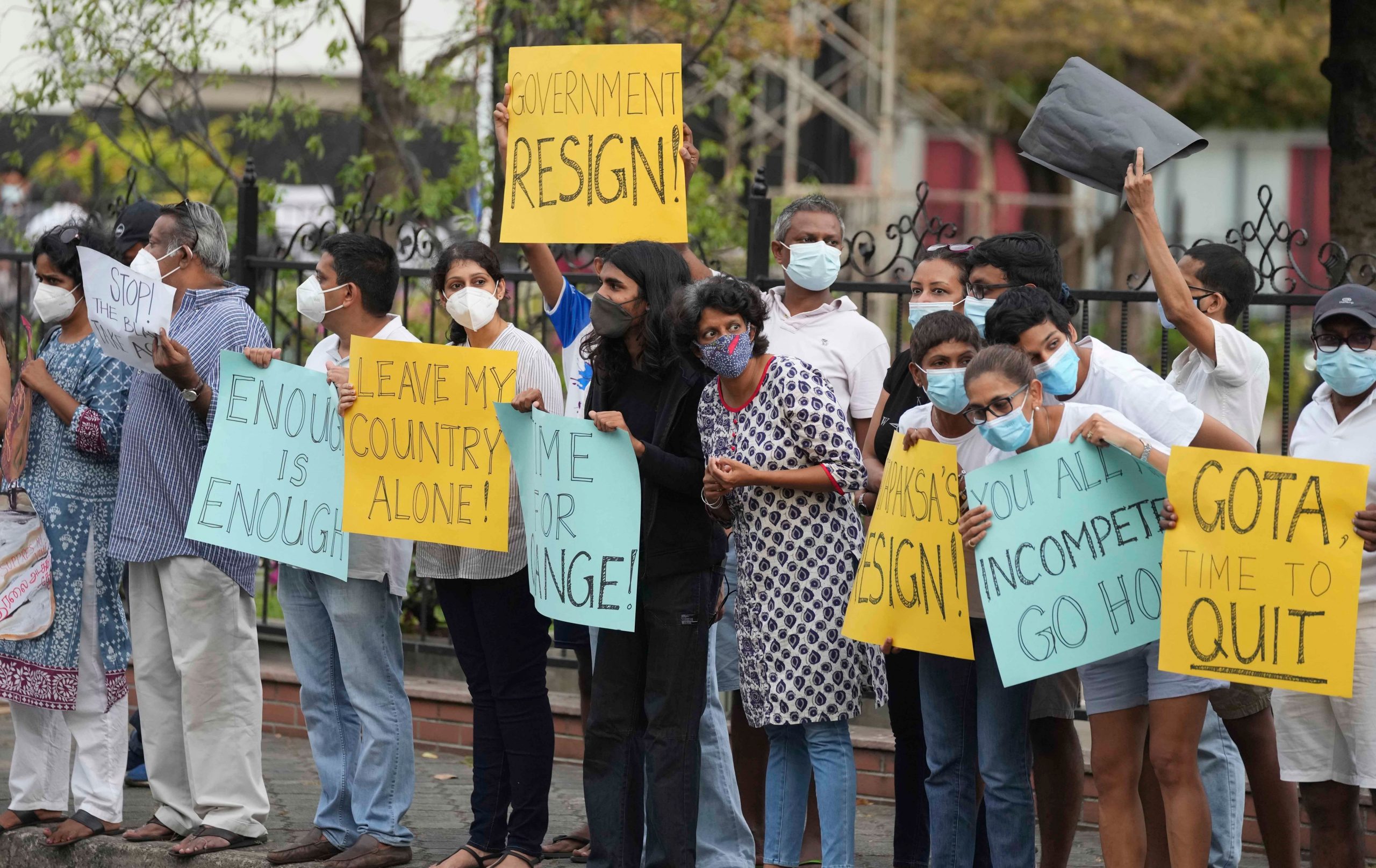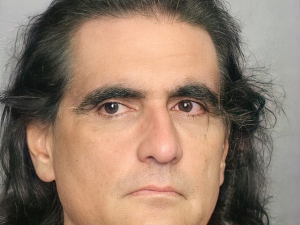A social media blackout has been ordered in Sri Lanka after a 36-hour curfew was ordered in the country. All social media platforms — including Instagram, Facebook, Whatsapp, YouTube and Twitter — were blocked for users.
Authorities have attributed the social media shutdown to the containment of misinformation. The announcement came ahead of a mass planned rally that was aimed at the dismissal of Sri Lankan President Gotabaya Rajapaksa.
Also Read: Crisis-hit Sri Lankans provide comfort to stranded Ukrainians
NetBlocks, an international cybersecurity watchdog, said in a report that internet connectivity had been seeing a significant decline from a handful of providers since March 29, which is when the protests started gaining momentum.
The social media blockage was reported a little past midnight on Sunday, NetBlocks said citing data collected from more than 100 vantage points across the island nation, according to reports from Times of India.
What is happening in Sri Lanka?
Protests broke out in Sri Lanka earlier this week that demanded President Gotabaya Rajapaksa’s removal from office. The protests has been credited to the South Asian country’s economy, which suffered its latest blow due to COVID-19 pandemic.
In response to the protests, President Rajapaksa declared an emergency on Friday, which was followed by a nation-wide curfew, putting nearly 22 million people behind closed doors.
On Thursday, angry crowds demonstrated along the roads leading to Rajapaksa’s private residence on the outskirts of Sri Lankan capital Colombo and stoned two army buses that police were using to block their path. The protesters set fire to one of the buses and turned back a fire truck that rushed to douse it.
Also Read: Crisis in Colombo: US envoy throws weight behind protestors
Sri Lanka faces huge debt obligations and dwindling foreign reserves, and its struggle to pay for imports has caused a lack of basic supplies, according to reports from Associated Press.
People wait in long lines for gas, and power is cut for several hours daily because there’s not enough fuel to operate power plants and dry weather has sapped hydropower capacity.







